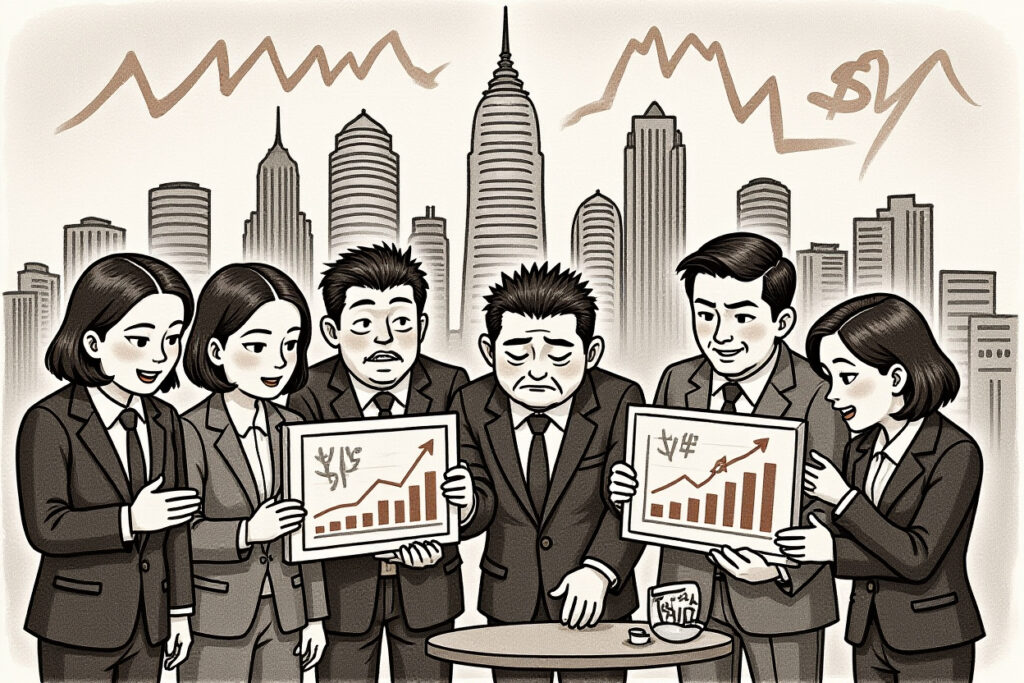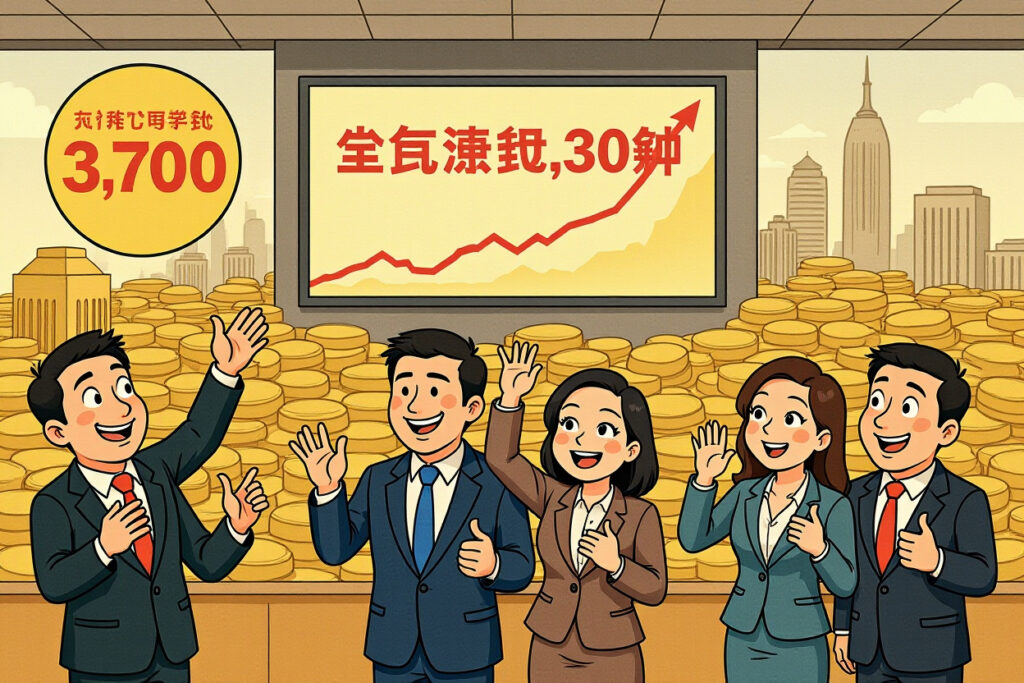China’s economy continues to face deflationary headwinds as the latest data reveals a 0.4% year-on-year decline in the Consumer Price Index (CPI) for August 2025. This marks the fourth consecutive month of negative inflation readings, raising concerns among policymakers and economists about the strength of China’s post-pandemic recovery. The persistent decline in consumer prices reflects weaker domestic demand and ongoing challenges in the property sector, despite government efforts to stimulate growth through monetary and fiscal measures. The CPI declined 0.4% year-on-year in August, presenting both challenges and opportunities for China’s economic rebalancing.
Key Findings from August CPI Data
Overall Inflation Trends and Economic Context
The 0.4% year-on-year decline in China’s CPI for August 2025 continues a pattern of deflationary pressure that began earlier in the year. When examining the cumulative data from January to August, the national average consumer price index shows a 0.1% decrease compared to the same period last year. This sustained deflationary environment contrasts sharply with the inflationary pressures affecting many Western economies, highlighting the divergent economic cycles between China and major developed markets.
The urban-rural divide remains pronounced, with urban areas experiencing a 0.3% decline while rural regions saw a more substantial 0.6% drop. This discrepancy reflects the ongoing economic disparities between China’s developed coastal cities and its less developed interior regions. The core CPI, which excludes volatile food and energy prices, registered a 0.9% increase, suggesting that underlying inflationary pressures remain muted but positive.
Global Comparison and Domestic Implications
While many developed economies continue grappling with elevated inflation, China’s unique deflationary trend stems from multiple factors including weak consumer confidence, property market corrections, and cautious household spending patterns. The People’s Bank of China Governor Pan Gongsheng (潘功胜) has previously emphasized that temporary deflationary periods don’t necessarily indicate long-term economic weakness, but sustained declines could hamper growth prospects by increasing real debt burdens and discouraging investment.
Food Price Deflation: Drivers and Impact
Food prices experienced a significant 4.3% year-on-year decline in August, contributing substantially to the overall CPI decline 0.4% year-on-year. This category has been particularly volatile, with fresh vegetables leading the downward trend with a dramatic 15.2% decrease. The sharp drop in vegetable prices reflects improved supply conditions following favorable weather patterns and increased agricultural productivity.
Other food categories showed mixed but generally negative trends:
– Egg prices fell 12.4%, influenced by expanded production capacity
– Pork prices declined 16.1% due to increased herd sizes and stabilized supply chains
– Fresh fruit prices dropped 3.7% despite seasonal demand
– Grain prices saw a modest 0.8% decrease
– Aquatic products were a rare bright spot with a 2.2% increase
The substantial decline in food prices, while beneficial for consumer purchasing power, poses challenges for agricultural producers and rural incomes. The CPI declined 0.4% year-on-year in part due to these significant food price decreases, which accounted for approximately 0.72 percentage points of the overall decline.
Supply Factors and Seasonal Patterns
Agricultural output has benefited from technological improvements and favorable growing conditions throughout 2025. The Ministry of Agriculture and Rural Affairs reported increased yields across multiple crop categories, contributing to the supply glut that has driven prices downward. Seasonal patterns also played a role, as August typically sees abundant harvests for many agricultural products.
Non-Food Categories: Mixed Signals
Non-food prices presented a more complex picture, rising 0.5% year-on-year despite the overall CPI decline 0.4% year-on-year. This divergence highlights the uneven nature of China’s current economic transition, with services and certain consumer goods maintaining modest price increases while other categories experience deflation.
The other seven major categories showed six increases and one decrease:
– Other goods and services led gains with an 8.6% increase
– Clothing and household goods both increased 1.8%
– Education, culture and entertainment rose 1.0%
– Healthcare increased 0.9%
– Housing costs edged up 0.1%
– Transportation and communication declined 2.4%
The transportation and communication category’s significant decline reflects multiple factors including reduced energy costs, increased competition in telecommunications, and efficiency gains in logistics networks. According to National Bureau of Statistics data, vehicle fuel prices fell 7.1% year-on-year, contributing substantially to this category’s decline.
Service Sector Resilience
Service prices increased 0.6% year-on-year, demonstrating relative resilience compared to goods prices. This aligns with China’s broader economic rebalancing toward consumption and services, though the pace of this transition has slowed in recent quarters. Tourism-related services showed particular strength despite broader deflationary pressures, with travel prices increasing 0.7% year-on-year.
Monthly Fluctuations and Seasonal Adjustments
On a month-to-month basis, the CPI was unchanged in August compared to July, suggesting some stabilization in price trends. The monthly data reveals important nuances that annual comparisons might obscure, particularly regarding fresh food prices that showed significant volatility.
Food and alcohol prices increased 0.3% month-over-month, driven largely by an 8.5% surge in fresh vegetable prices. This rebound from July levels reflects typical seasonal patterns and temporary supply disruptions due to weather events. Other monthly changes included:
– Egg prices rose 1.5%
– Fresh fruit prices fell 2.8%
– Aquatic products declined 0.9%
– Pork prices decreased 0.5%
The monthly stability in the overall index, despite these significant movements within categories, indicates offsetting forces across the consumption basket. The core CPI (excluding food and energy) was unchanged month-over-month, suggesting underlying price stability.
Urban-Rural Monthly Divergence
Urban areas saw no monthly change in consumer prices, while rural regions experienced a slight 0.1% increase. This reversal of the annual trend, where urban areas outperformed rural regions, suggests different seasonal patterns and consumption behaviors between these markets.
Sector-Specific Analysis and Economic Implications
The detailed category data reveals important insights about China’s economic structure and transformation. The household appliances category showed surprising strength with a 4.6% year-on-year increase, possibly reflecting upgrading demand and government support for domestic consumption. Meanwhile, traditional manufacturing sectors faced continued price pressures.
The healthcare sector’s 0.9% increase masks important divergences within the category:
– Traditional Chinese medicine prices declined 0.9%
– Western medicine prices fell 1.2%
– Medical services increased 1.6%
This pattern suggests that service components within healthcare are maintaining price increases while commodity components face deflationary pressures. The CPI declined 0.4% year-on-year despite these areas of price resilience, indicating the breadth of deflationary forces across the economy.
Housing and Utilities Stability
Housing costs remained essentially flat, with rental prices declining 0.1% while water, electricity and fuel costs increased 0.4%. The stability in housing costs reflects the controlled nature of China’s property market correction, with government measures preventing more severe price declines that could destabilize the financial system.
Policy Responses and Future Outlook
The persistent deflationary environment, with the CPI declining 0.4% year-on-year in August, presents complex challenges for Chinese policymakers. The People’s Bank of China has maintained relatively accommodative monetary policy, but traditional stimulus measures have shown limited effectiveness in addressing structural deflationary pressures.
Potential policy responses include:
– Targeted fiscal support for consumption, particularly in rural areas
– Strategic investments in new infrastructure and technology
– Sector-specific measures to address supply-demand imbalances
– Continued property market stabilization efforts
– Enhanced social safety nets to boost consumer confidence
Most analysts expect a gradual recovery in inflation readings through the remainder of 2025 and into 2026, though the timing and strength of this recovery remain uncertain. The government’s ability to manage the property sector adjustment while stimulating new growth engines will be crucial for reversing the deflationary trend.
International Context and Trade Implications
China’s deflationary environment has international implications, particularly through trade channels. Lower domestic production costs could enhance China’s export competitiveness, potentially increasing trade tensions with partners who are experiencing higher inflation. However, weak domestic demand may also reduce China’s imports, affecting global commodity exporters and trading partners.
The latest inflation data confirms that China’s economic recovery remains uneven and fragile. While the CPI declined 0.4% year-on-year in August, the varied performance across categories suggests both challenges and opportunities. Food price deflation has benefited consumers but hurt producers, while service sector inflation shows underlying demand resilience. Policy makers face the delicate task of supporting growth without exacerbating structural imbalances.
For businesses and investors, understanding these nuanced price dynamics is essential for navigating China’s complex economic landscape. Monitoring future CPI releases, particularly the core inflation measure and services components, will provide crucial signals about the direction of China’s economic rebalancing. Those who recognize that the CPI declined 0.4% year-on-year but look deeper into the category details will be better positioned to identify opportunities in both struggling and strengthening sectors of the Chinese economy.




